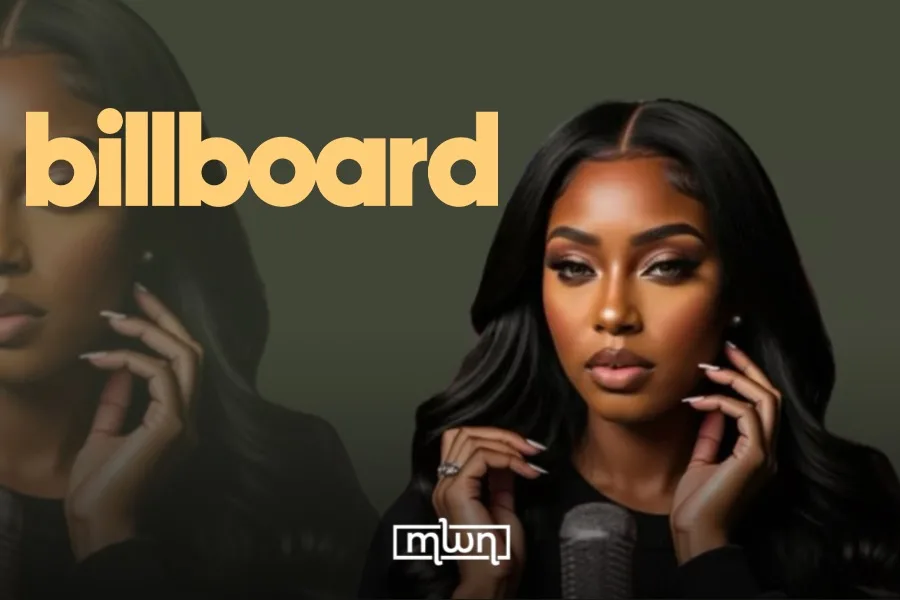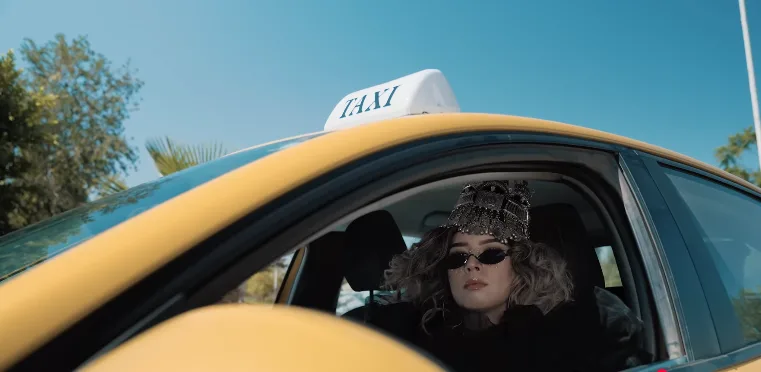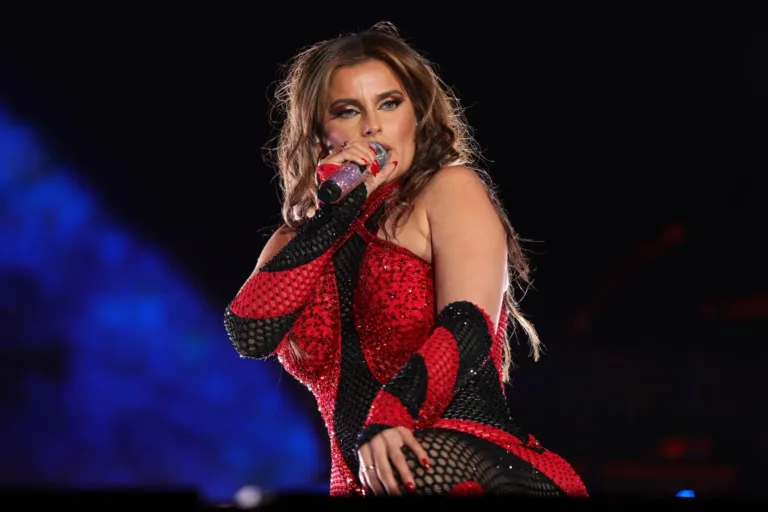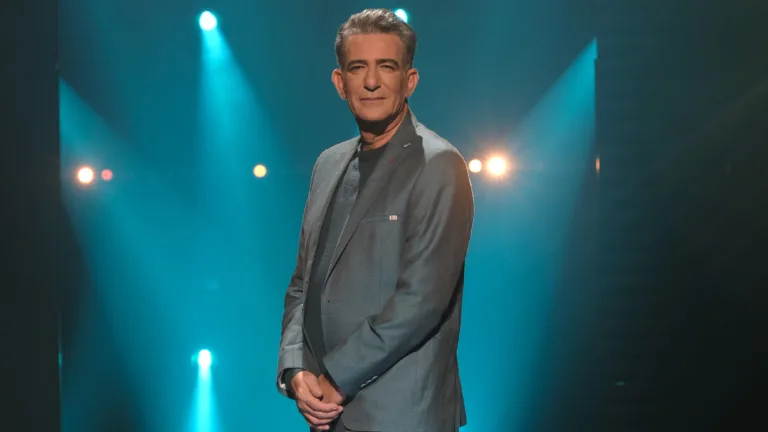Fez – In the past months, a few projects marketed as “AI artists” have shown up on Billboard. The most visible is Xania Monet, an AI-fronted act that Billboard says has earned millions of streams in the US and even reached airplay and discovery lists after a label and radio push. In late September, Billboard reported her songs had passed 17 million on-demand streams in the US.
Not all “AI artists” are the same. Some are human-written songs packaged with a virtual face. Some use AI voice models. Others are just slick marketing. Billboard also revealed that The Velvet Sundown, a viral “AI band,” was actually an art hoax, showing how easy it is to blur the line between concept and real act.
There’s movement in virtual pop too. PLAVE, a South Korean virtual boy band made of animated avatars powered by real performers, has hit Billboard’s global charts and sold big in Korea. Their vocals are human, but the on-stage identities are digital. That success proves audiences will show up for non-human personas when the songs land.
The rules are catching up. The Recording Academy says only humans can win Grammys. Music that uses AI can still be eligible, but only if a human made a “meaningful” creative contribution. Purely AI-generated works are out. The Academy clarified this after the viral “Heart on My Sleeve” track that cloned Drake and The Weeknd’s voices; that version wasn’t eligible.
So what does a Billboard entry really mean today? It means a track was legally released, people listened to it in large numbers, and the credits were filed like any other song. Whether the “artist” is a person, a brand, or a virtual character, the charts measure consumption, not identity. The next big debates are about consent (whose voice or likeness is used), credit (who gets paid and listed), and transparency (what parts are AI and what parts are. human).
In short, AI-assisted music is here; the first chart wins are real, and the industry is drawing firm lines around human authorship while it figures out everything else. Expect more experiments, more disclosure labels, and more questions each time a “new” AI act appears.
















